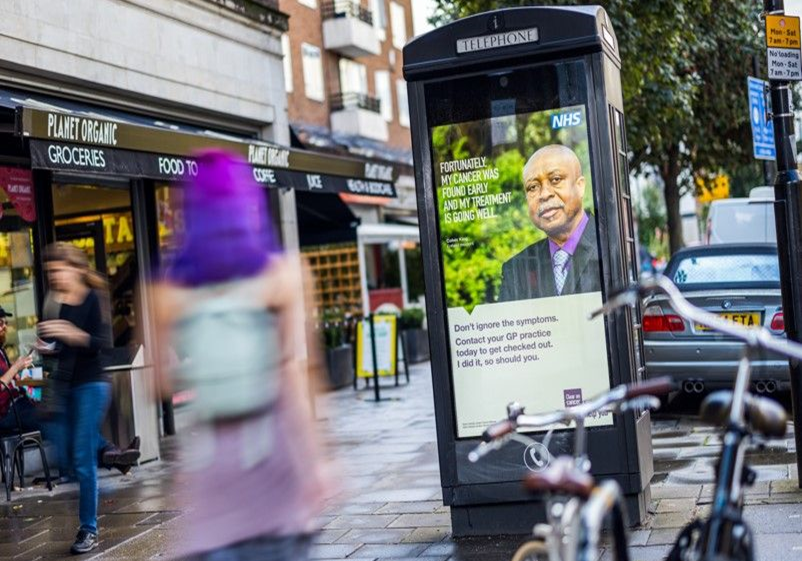North London Cancer Alliance
Driving public awareness for early cancer detection

The North Central London Cancer Alliance brings together patients, hospital trusts, GPs, health service commissioners, and local authorities to improve cancer outcomes and care.


Challenge
The North London Cancer Alliance identified a critical need to increase public awareness about the early detection of blood cancer symptoms. The challenge was to effectively communicate the importance of recognising early signs and symptoms of blood cancer to a broad and diverse audience in North London, where awareness was relatively low and early diagnosis rates needed improvement.
Action
High-Visibility Advertising: We strategically placed advertisements in bus shelters throughout North London, ensuring that they were visible both inside and outside the shelters to capture the attention of both pedestrians and public transport users.
Engagement Tactics: The advertisements were designed to be eye-catching and informative, providing clear messages about the signs and symptoms of blood cancer and the critical importance of early medical consultation.

Results
The campaign achieved significant impact in terms of reach and public engagement:
Extensive Reach: Over the four-week campaign period, the advertisements were generated approximately 4,962,537 impacts, ensuring widespread awareness across the target area.
Increased Awareness and Action: There was a noticeable increase in public engagement following the campaign, with more individuals seeking medical advice for early signs and symptoms of blood cancer as reported by local health services.
Community Impact: Feedback from the community indicated a better understanding of blood cancer symptoms and the importance of early detection, which is crucial for successful treatment outcomes.
Conclusion
The Blood Cancer Awareness campaign by the North London Cancer Alliance effectively met its goals of increasing awareness and prompting action among the North London community. By strategically using high-visibility placements and clear messaging, the campaign not only educated the public but also potentially contributed to better health outcomes through early detection.
